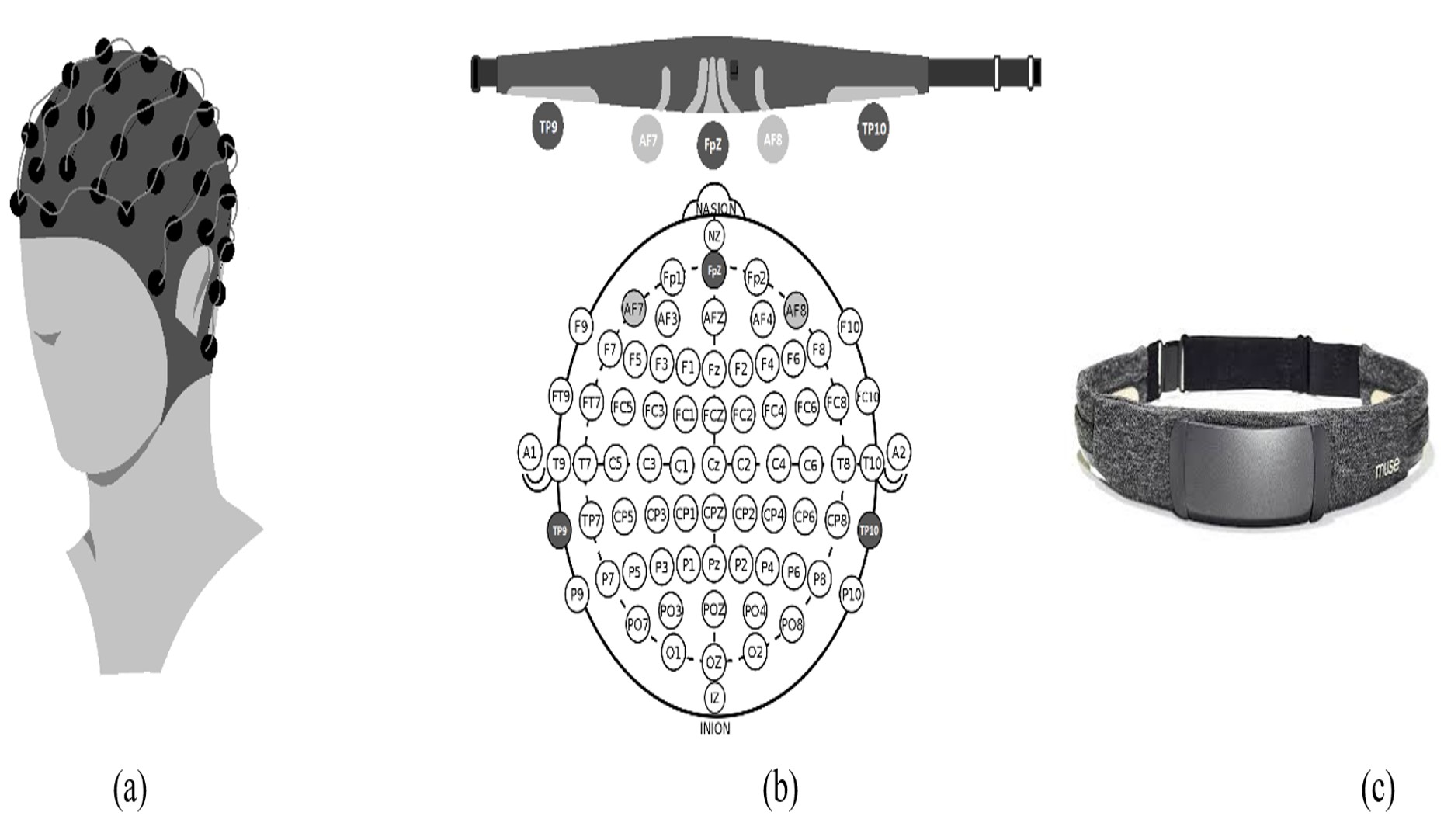Detection of driver drowsiness from EEG signals using wearable brain sensing headband
Main Article Content
Abstract
Driver drowsiness detection plays an important role in the field of road safety and advanced driver assistance system. Electroencephalogram (EEG) signals are one of the most accurate and reliable indicators of fatigue and drowsiness but in the case of detecting drowsiness, its medical graded measuring system can be intrusive to the driver. The purpose of this research is to test the feasibility and usability of the consumer graded EEG sensor to use in a driver drowsiness detection system. The experiment was carried out by using MUSE S brain sensing headband. Fast Fourier Transform (FFT) method was used to extract features from EEG signals. The extracted feature data are then used to build two classification model, the Support Vector Machine (SVM) and Artificial Neural Network (ANN). The detection of drowsiness is the binary classification task which is to classify between drowsy epochs and alert epochs. In the case of detecting only drowsy epochs, the SVM model detected 82.7% of the drowsy epochs which was better than the ANN model which can only detect 81.25% of the drowsy epochs. But in the detection of both drowsy and alert epochs, the ANN model performed better than that of SVM. The SVM model was tested with different kernel function and Fine Gaussian SVM model showed the highest accuracy of 87.8%. The ANN model performed slightly higher than the SVM model with an accuracy of 87.9%. The ability of consumer graded EEG sensor to use in drowsiness detection system was validated in this research.
Article Details

This work is licensed under a Creative Commons Attribution-NonCommercial-ShareAlike 4.0 International License.
This work is licensed under a Creative Commons Attribution-NonCommercial-ShareAlike 4.0 International License.
References
Ivers, R., Brown, K., Norton, R., Stevenson, M. Road traffic injuries, 2016, International Encyclopedia of Public Health, Canada.
Čolić, A., Marques, O., Furht, B. Driver drowsiness detection, 2014, Springer International Publishing, New York.
Thiffault, P. and Bergeron, J. Monotony of road environment and driver fatigue: A simulator study, Accident Analysis and Prevention, Vol.35(3), 2003, pp. 381-391.
Khan, M.Q. and Lee, S. A comprehensive survey of driving monitoring and assistance systems, Sensors (Switzerland), Vol. 19(11), 2019, pp.1-32.
Åkerstedt, T. and Gillberg, M. Subjective and objective sleepiness in the active individual, International Journal of Neuroscience Vol.52(1-2), 1990, pp. 29-37.
Belakhdar, I., Kaaniche, W., Djemal, R. and Ouni, B. Single-channel-based automatic drowsiness detection architecture with a reduced number of EEG features, Microprocessors and Microsystems, Vol. 58, 2018, pp. 13-23.
Yu, S., Li, P., Lin, H., Rohani, E., Choi, G., Shao, B., et al. Support vector machine based detection of drowsiness using minimum EEG features, paper presented in 2013 International Conference on Social Computing, 2013, Alexandria, USA.
Hu, L. and Zhang, Z. EEG signal processing and feature extraction, 2019, Springer, Singapore.
Muse Developers. MuseIO Available Data, URL: https://web.archive.org/web/20181105231756/http://developer.choosemuse.com/tools/available-data#Understanding_Frequency_Bins, accessed on 07/09/2020, 2015.
Krigolsonlab. MUSE Analysis with MATLAB and Brain Vision Analyzer, URL: https://www.krigolsonlab.com/muse-analysis.html, accessed on 07/09/2020.
Papadelis, C., Chen, Z., Kourtidou-Papadeli, C., Bamidis, P.D., Chouvarda, I., Bekiaris, E., et al. Monitoring sleepiness with on-board electrophysiological recordings for preventing sleep-deprived traffic accidents, Clinical Neurophysiology, Vol.118(9), 2007, pp. 1906-1922.
Segawa, J.A. Hands-on undergraduate experiences using low-cost electroencephalography (EEG) devices, The journal of undergraduate neuroscience education, Vol. 17(2), 2019, pp. A119-A124.
Lin, C.T., Chang, C.J., Lin, B.S., Hung, S.H., Chao, C.F., Wang, I.J. A real-time wireless brain-computer interface system for drowsiness detection, IEEE Transactions on Biomedical Circuits and Systems, Vol. 4(4), 2010, pp. 214-22.
Koushik, A., Amores, J., Maes, P. Real-time smartphone-based sleep staging using 1-channel EEG, paper presented in 2019 IEEE 16th International Conference on Wearable and Implantable Body Sensor Networks, 2019, Chicago, USA.
Giuseppe, B. Machine learning: Popular algorithms for data science and machine learning, 2nd edition, 2018, Packt Publishing, UK.
MathWorks. What is a Neural Network? 3 things you need to know, URL: https://www.mathworks.com/discovery/neural-network.html?s_tid=srchtitle, accessed on 08/09/2020.



